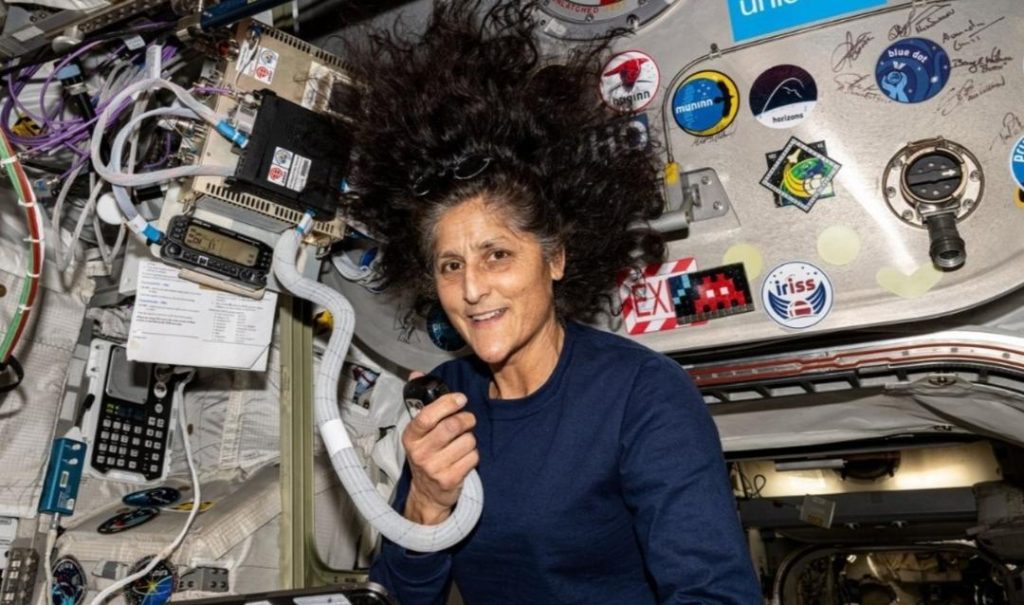
What Scientific Milestones Were Achieved by Williams & Her Team?
The International Space Station (ISS) has been a hub of scientific research and exploration since its inception. With each new crew that boards the station, new scientific milestones are achieved, pushing the boundaries of human knowledge and understanding. One such crew was led by astronaut Sunita Williams, along with cosmonaut Aleksandr Gorbunov, and astronauts Nick Hague and Butch Wilmore.
During their time on the ISS, the crew focused on a range of scientific studies, from plant biology to medical research. In this blog post, we’ll take a closer look at the scientific milestones achieved by Williams and her team.
Plant-Related Studies
One of the key areas of focus for the crew was plant biology. Williams and her team conducted several experiments aimed at understanding the effects of microgravity on plant growth and development. These studies had significant implications for future long-duration space missions, where growing food and other essential resources in space could be crucial.
The crew also studied the effects of microgravity on the root system of plants. By analyzing the root growth and development of plants in microgravity, scientists can gain insights into how plants adapt to new environments and how they might be used to support future space missions.
Another area of focus was the study of plant responses to stress. In microgravity, plants are unable to rely on gravity to regulate their growth and development, making them more susceptible to stress. By studying how plants respond to stress in microgravity, scientists can gain a better understanding of how plants adapt to new environments and how they might be used to support future space missions.
Capturing Thousands of Images of Earth
In addition to plant biology, the crew also spent a significant amount of time capturing thousands of images of Earth. This was part of a larger effort to monitor urban growth, climate change, and natural disasters from space.
Using specialized equipment and cameras, the crew captured stunning images of the Earth from the ISS. These images provided valuable data for scientists, who used them to study changes in the Earth’s surface over time.
The images captured by the crew were also used to monitor urban growth and development. By analyzing the images, scientists can gain insights into how cities are changing and how they might be affected by future climate change.
Testing 3D Printing of Implantable Medical Devices
Another area of focus for the crew was the testing of 3D printing of implantable medical devices in microgravity. This was a significant milestone, as it had the potential to revolutionize the way medical devices are manufactured and used.
Using a specialized 3D printer on board the ISS, the crew tested the ability to print implantable medical devices in microgravity. The results of the experiment were promising, and could potentially lead to the development of new medical devices that are more precise and effective.
The experiment also had implications for the field of tissue engineering. By studying how cells and tissues behave in microgravity, scientists can gain insights into how they might be used to support future space missions.
Conclusion
The crew led by Sunita Williams achieved a range of scientific milestones during their time on the ISS. From plant biology to medical research, the crew made significant contributions to our understanding of the effects of microgravity on living organisms.
The images captured by the crew provided valuable data for scientists, who used them to study changes in the Earth’s surface over time. The testing of 3D printing of implantable medical devices in microgravity was also a significant milestone, as it had the potential to revolutionize the way medical devices are manufactured and used.
As we continue to explore the possibilities of space travel and habitation, it’s crucial that we continue to push the boundaries of scientific knowledge and understanding. The crew led by Sunita Williams has made significant strides in this area, and their work will undoubtedly pave the way for future scientific milestones.
Sources:






